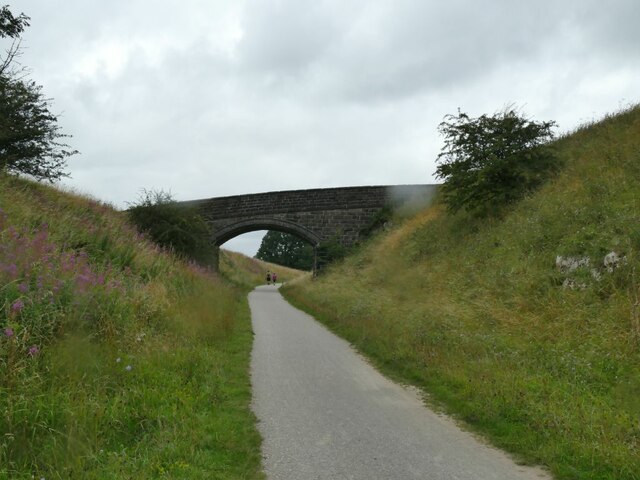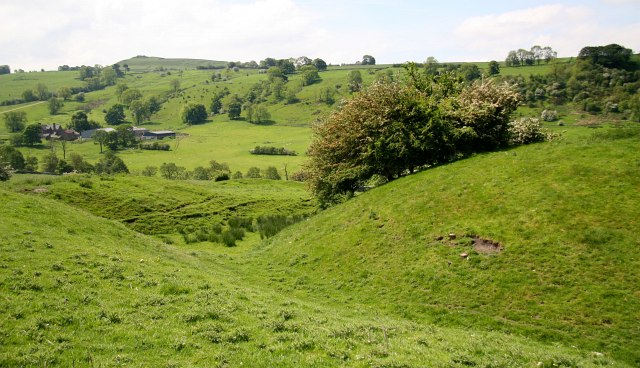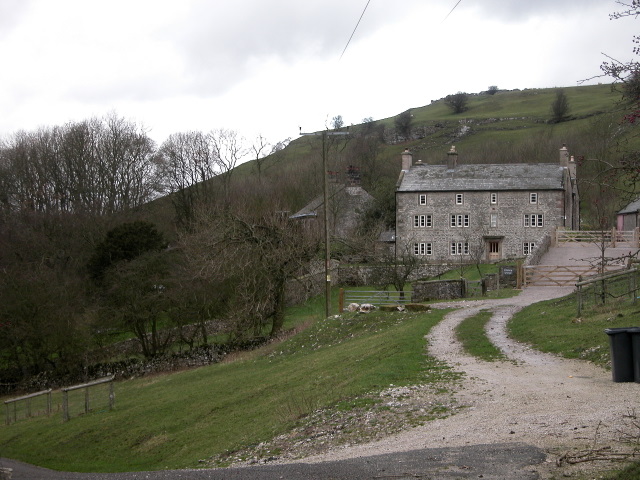Clemonseats Plantation
Wood, Forest in Derbyshire Derbyshire Dales
England
Clemonseats Plantation

Clemonseats Plantation is a picturesque woodland area located in Derbyshire, England. Situated in the heart of the county, it covers a vast expanse of land, offering visitors a serene and peaceful environment to explore.
The plantation is predominantly made up of various species of trees, including oak, beech, and pine, creating a diverse and vibrant ecosystem. The lush greenery and dense foliage provide a haven for numerous species of birds, insects, and small mammals, making it a popular spot for nature lovers and wildlife enthusiasts.
Visitors can enjoy a leisurely stroll along the well-maintained trails that wind through the plantation, immersing themselves in the natural beauty of the surroundings. These trails offer breathtaking views of the forest, with sunlight filtering through the canopy above, creating a mesmerizing play of light and shadow.
Clemonseats Plantation also boasts a small lake, adding to its charm and providing a tranquil spot for visitors to relax and enjoy a picnic or simply soak in the tranquil ambiance.
The plantation is open to the public throughout the year, with no admission fee, making it an accessible destination for all. It is also a popular location for outdoor activities such as hiking, birdwatching, and photography.
Overall, Clemonseats Plantation offers a captivating experience for nature enthusiasts, providing a tranquil escape from the hustle and bustle of daily life. Its natural beauty and diverse ecosystem make it a must-visit destination for anyone seeking solace in the heart of Derbyshire.
If you have any feedback on the listing, please let us know in the comments section below.
Clemonseats Plantation Images
Images are sourced within 2km of 53.182146/-1.8156251 or Grid Reference SK1265. Thanks to Geograph Open Source API. All images are credited.



Clemonseats Plantation is located at Grid Ref: SK1265 (Lat: 53.182146, Lng: -1.8156251)
Administrative County: Derbyshire
District: Derbyshire Dales
Police Authority: Derbyshire
What 3 Words
///tags.nips.mixers. Near Newhaven, Derbyshire
Nearby Locations
Related Wikis
Cromford and High Peak Railway
The Cromford and High Peak Railway (C&HPR) was a standard-gauge line between the Cromford Canal wharf at High Peak Junction and the Peak Forest Canal at...
Hurdlow railway station
Hurdlow railway station was near to the hamlet of Hurdlow within Hartington Middle Quarter civil parish, to the south east of Buxton, Derbyshire on the...
Pilsbury Castle
Pilsbury Castle was a Norman castle in Derbyshire near the present-day village of Pilsbury, overlooking the River Dove. == Details == Pilsbury Castle occupied...
Hartington Middle Quarter
Hartington Middle Quarter is a civil parish within the Derbyshire Dales district, which is in the county of Derbyshire, England. Formerly a part of Hartington...
Pilsbury
Pilsbury is a hamlet in the English county of Derbyshire, approximately 2 miles north of Hartington. It is on the side of the valley of the River Dove...
Crowdecote
Crowdecote (sometimes spelled Crowdicote) is a small village in Derbyshire, England. It is situated on the border between Derbyshire and Staffordshire...
White Peak
The White Peak, also known as the Low Peak, is a limestone plateau that forms the central and southern part of the Peak District in England. It is mostly...
Parsley Hay railway station
Parsley Hay railway station served Parsley Hay, a hamlet within Hartington Middle Quarter civil parish, about 9.3 miles (15 km) south east of Buxton, Derbyshire...
Nearby Amenities
Located within 500m of 53.182146,-1.8156251Have you been to Clemonseats Plantation?
Leave your review of Clemonseats Plantation below (or comments, questions and feedback).



















